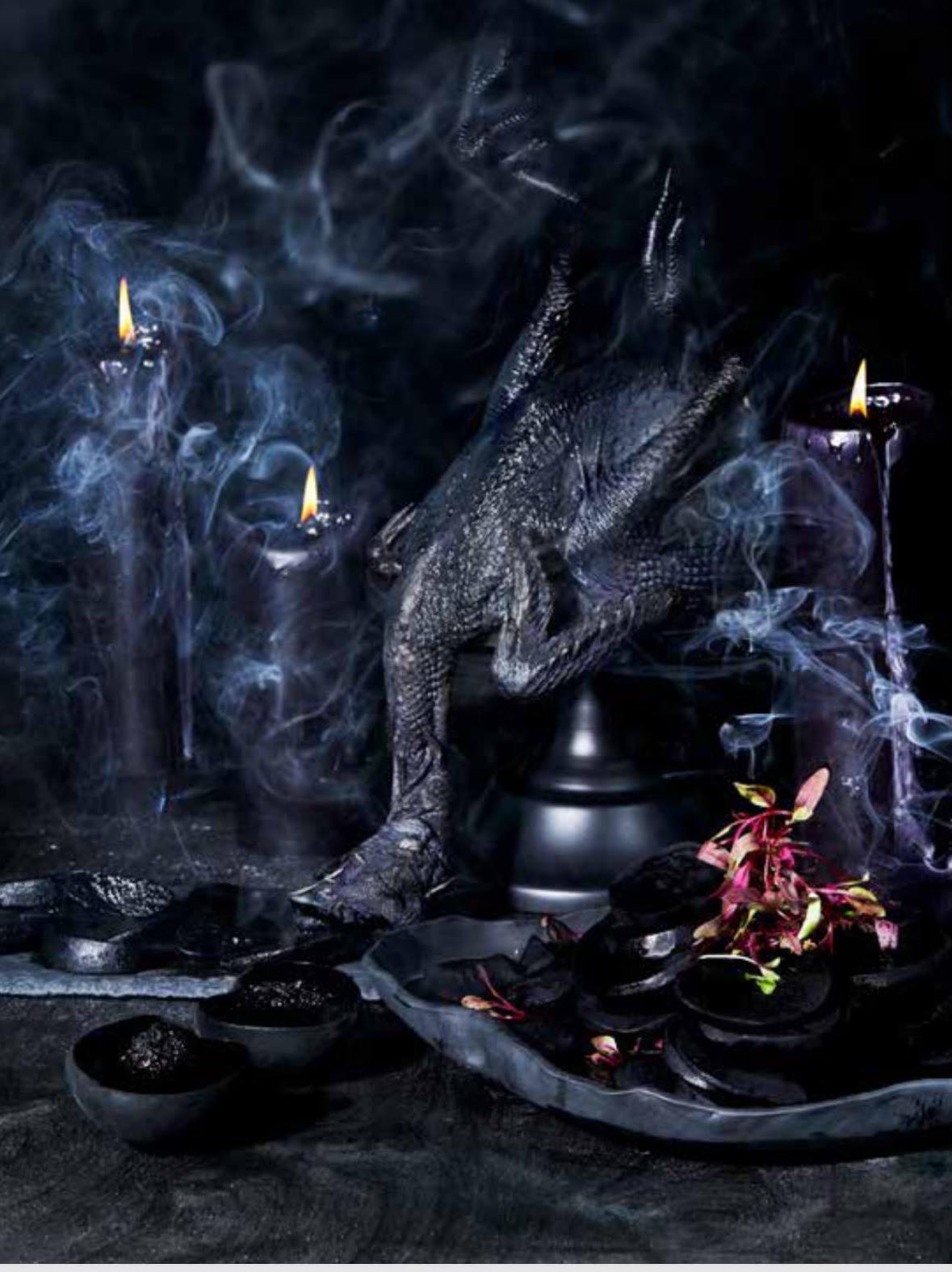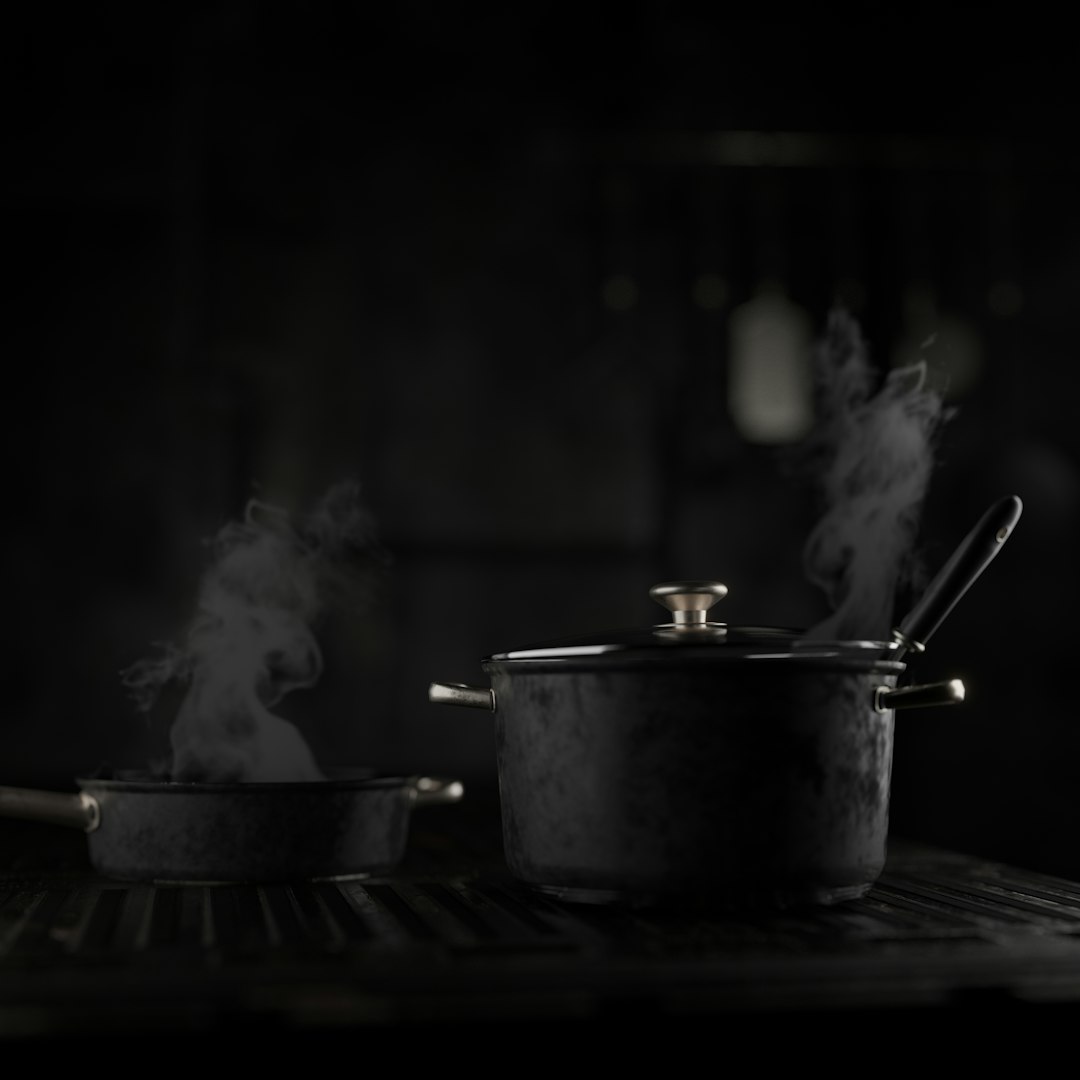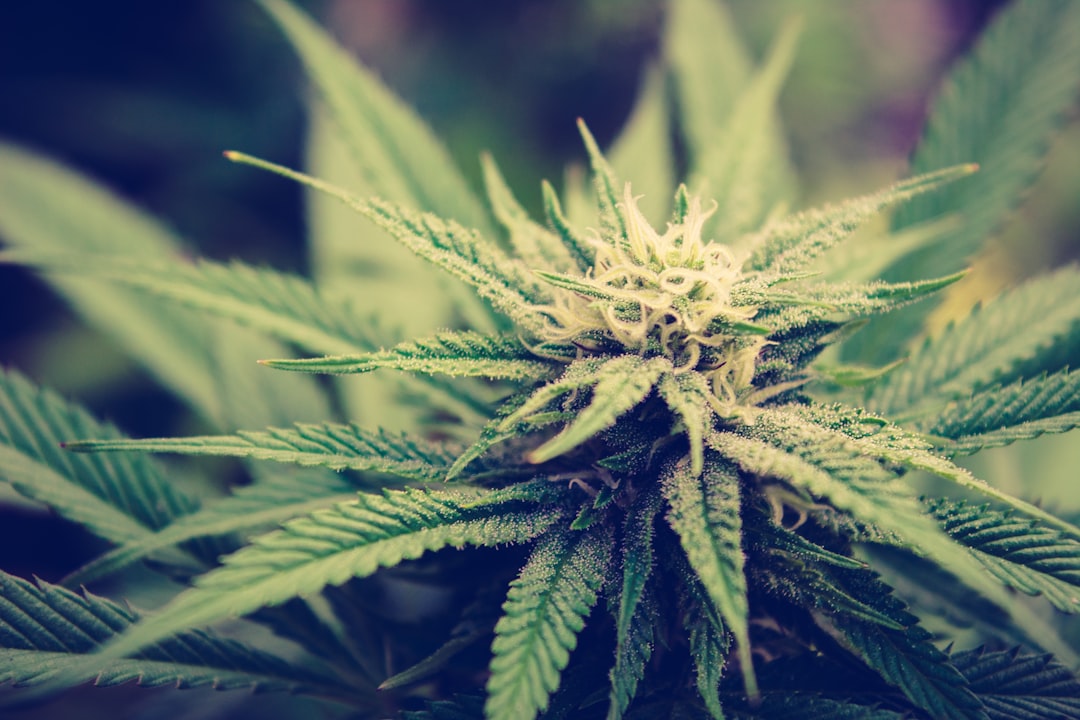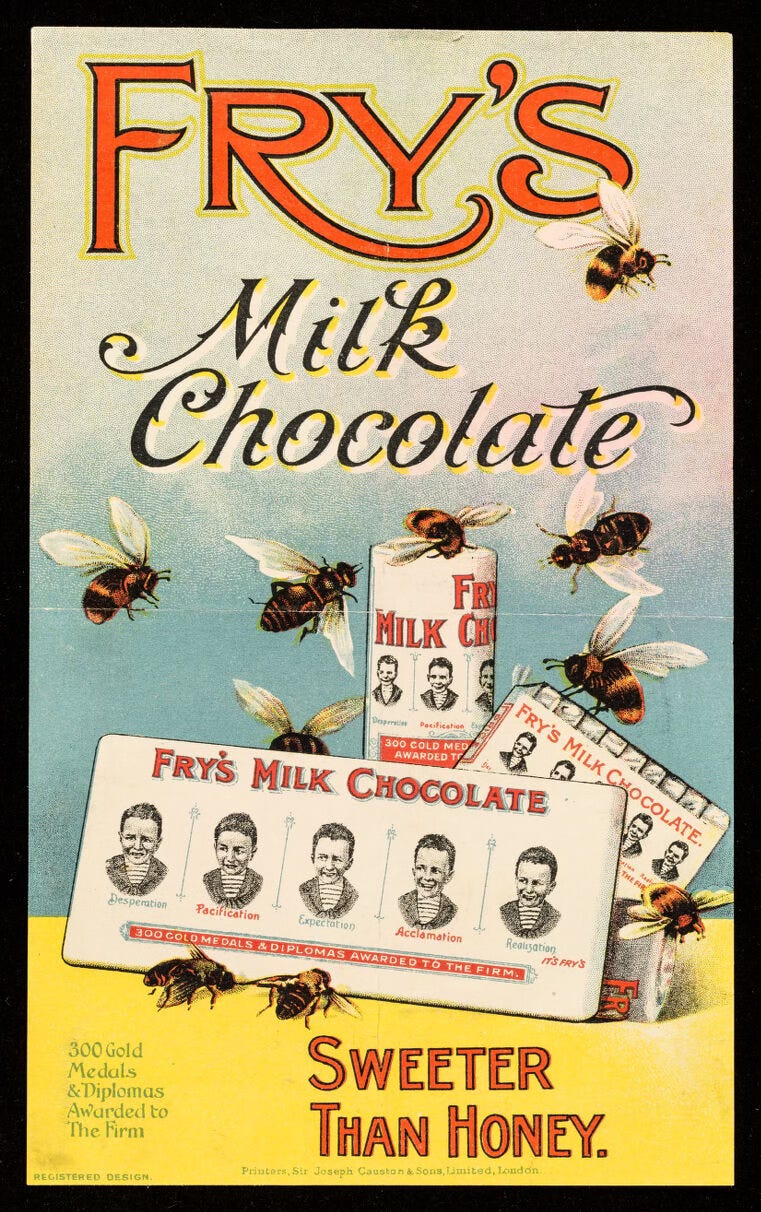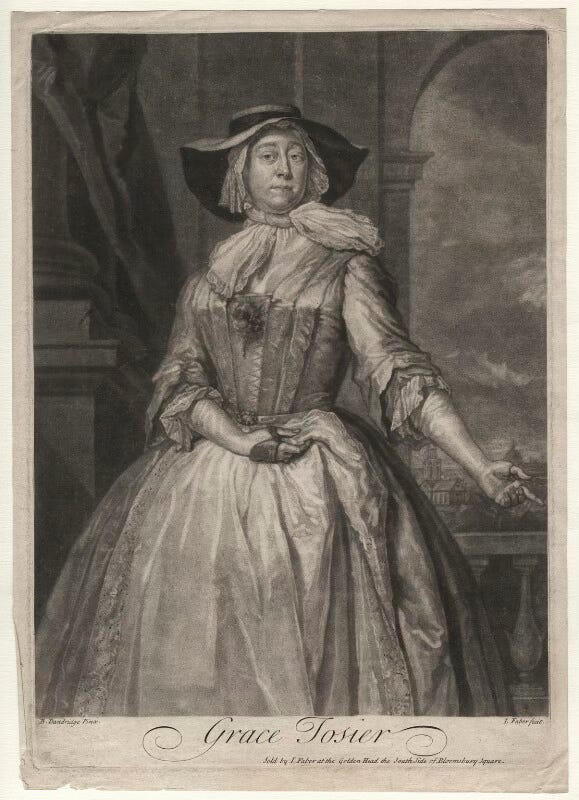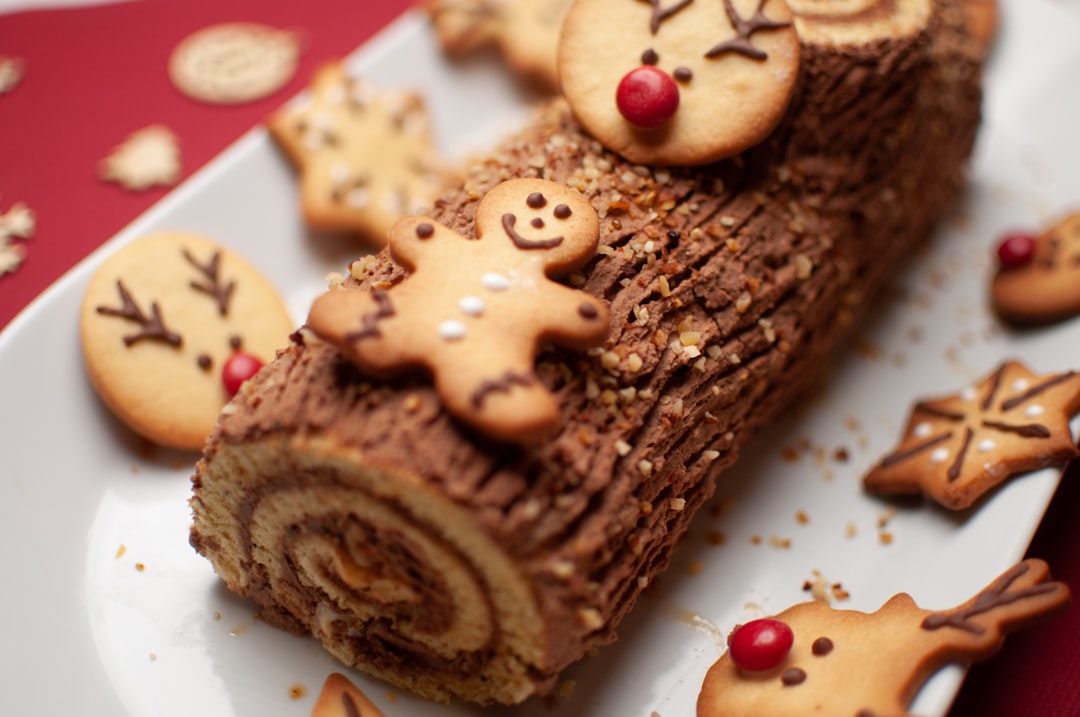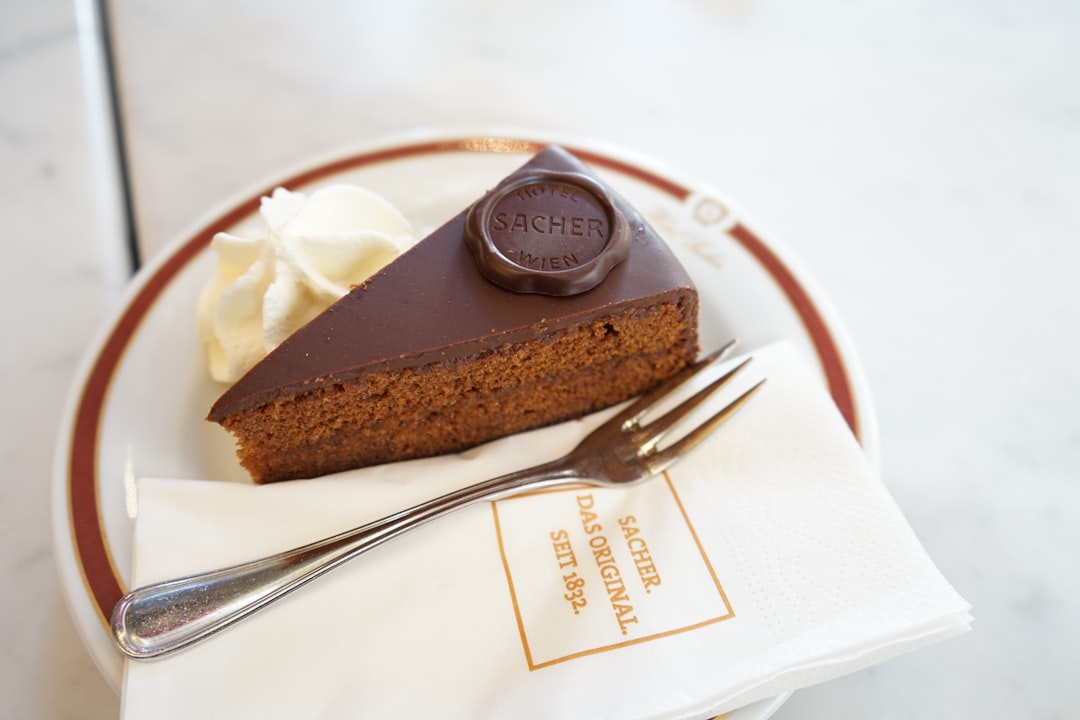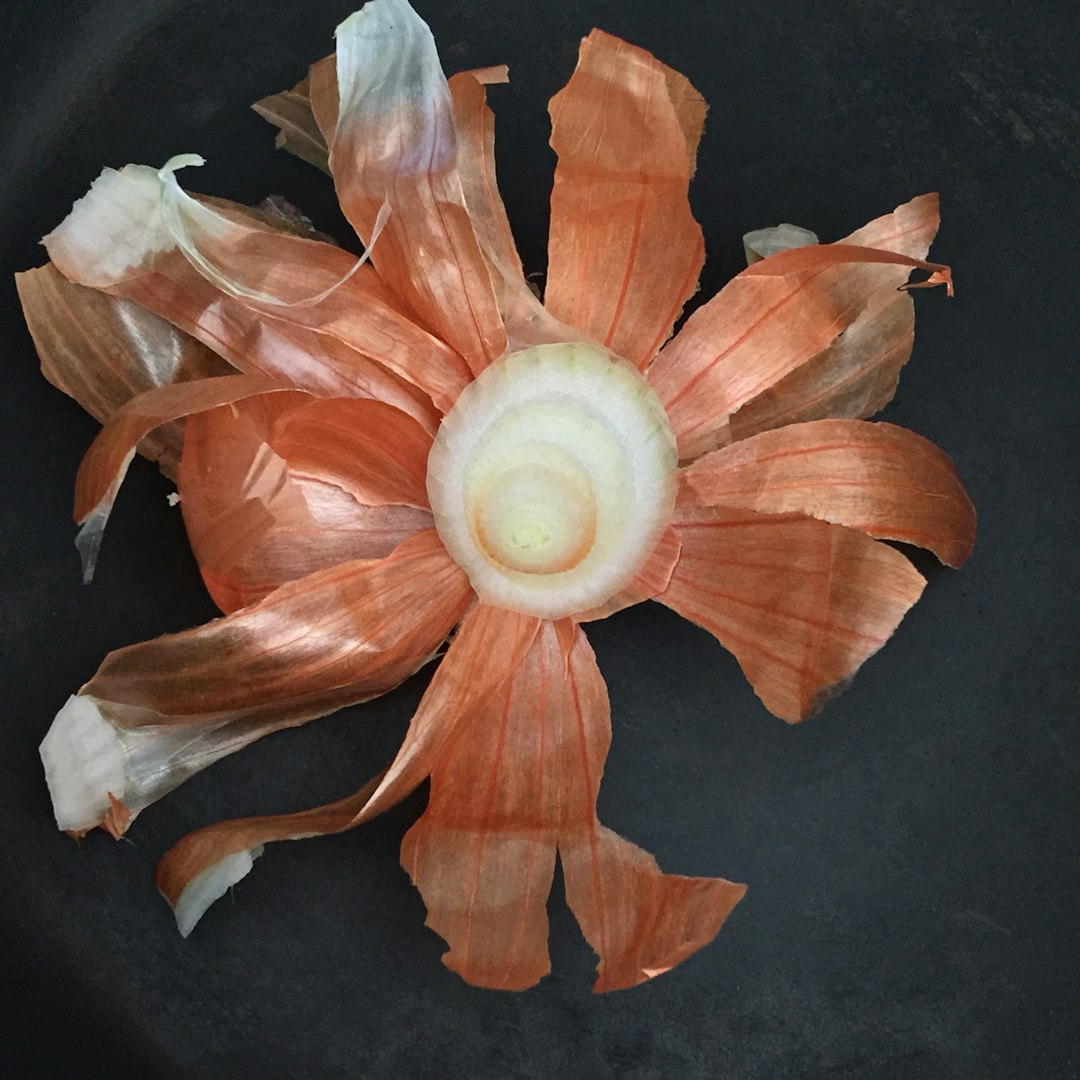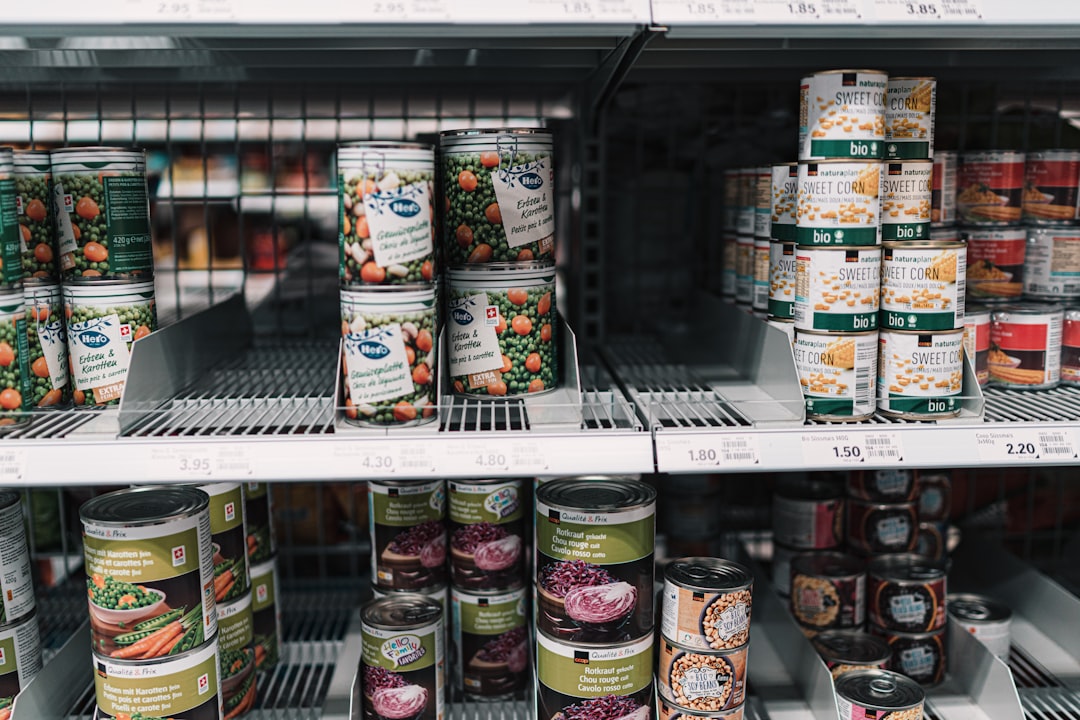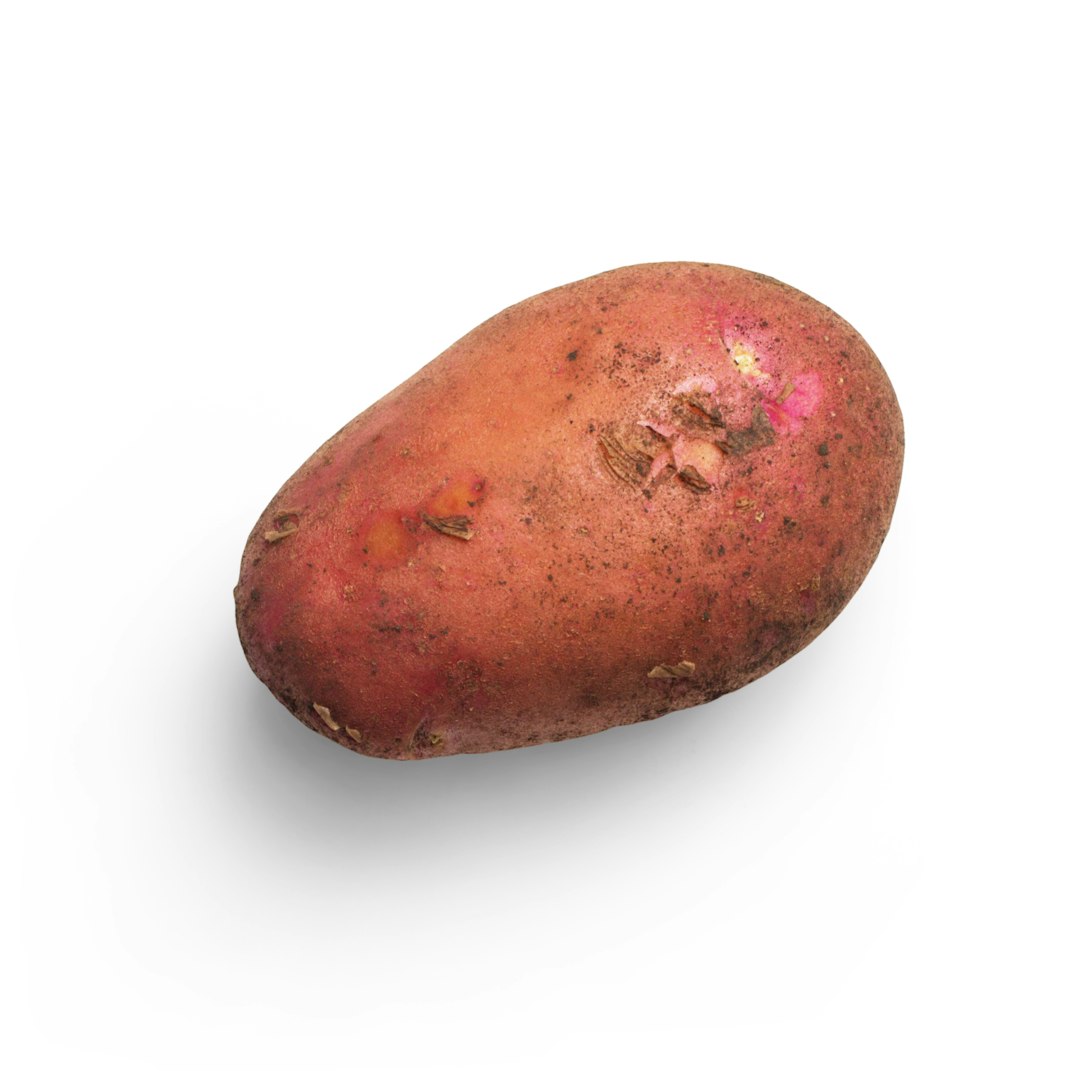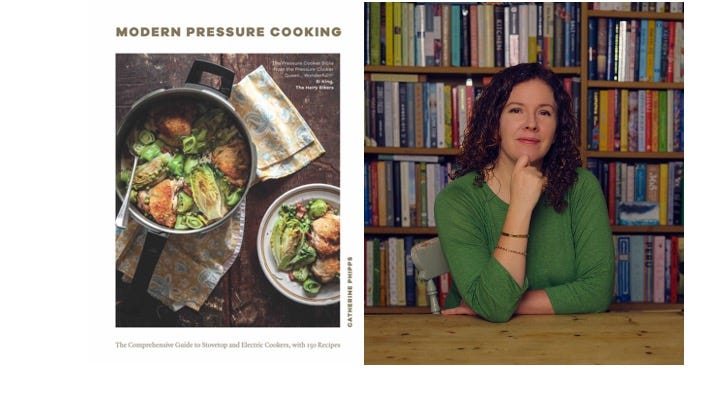Discover Comfortably Hungry
Comfortably Hungry

Comfortably Hungry
Author: Sam Bilton
Subscribed: 5Played: 35Subscribe
Share
© Sam Bilton
Description
Welcome to the comfortably hungry podcast where yesterday’s dinner is tomorrow’s history. If you’re a peckish person who is curious about the history of food and drink, then you’re in the right place. I’m Sam Bilton a food historian, writer and cook and each season I will be joined by some hungry guests to discuss a variety topics centred around a specific theme. As a former supper club host I’m always intrigued to know what people like to eat. So to whet everyone’s appetites I have invited my guests to contribute a virtual dish with them inspired by today’s topic.
comfortablyhungry.substack.com
comfortablyhungry.substack.com
28 Episodes
Reverse
The British High Street is on its last legs - or is it?In Episode 4 I chat to historian, author and broadcaster Dr Annie Gray about her latest book The Bookshop, The Draper, The Candlestick Maker to find out how the British high street has evolved over the centuries. There’s talk of dodgy grocers, fear of prostitution, giant Christmas cheeses and big shop bashing. But is it all doom and gloom for the high street? Useful LinksYou can find out more about Annie’s books and events on her website anniegray.co.uk and follow her on Instagram or X.You can also hear Annie on the culinary panel show The Kitchen Cabinet.Heima homeware and hardware store in York is a great example of a thriving independent shop.Suggested ReadingThe Bookshop, The Draper, The Candlestick Maker: A History of the High Street is out now (buy it from an independent book shop!)Victory in the Kitchen by Annie Gray You can find a list of other titles by Annie on the Profile Books website.Eating to Extinction by Dan SaladinoDon’t forget you can follow me on Instagram or X @mrssbilton or find out more about my work on sambilton.com.A huge thank you to Thomas Ntinas of The Delicious Legacy for doing the sound mixing on this season of the podcast. Get full access to Comfortably Hungry at comfortablyhungry.substack.com/subscribe
In Episode 3 I explore how food and death have been intrinsically linked over the centuries focusing on two extraordinary funeral feasts. First of all, I am joined by food historian and chef Jay Reifel to dissect the Emperor Domitian’s famous black banquet complete with tombstone party favours. Then historian Giles MacDonogh and I visit pre-Revolutionary France where a young gourmand, Grimod de la Reynière, hosts his own dark repast much to his parent’s chagrin.Useful LinksYou can find Jay Reifel on Instagram @jayreifel or visit his website https://jayreifel.com for more information on his work and his book A History of the World in 10 Dinners: 2000 years, 100 recipes (2023) which features his take on Domitian’s feast including the spectacular chicken dish at the top of this post.You can find Giles McDonogh on X @GilesMacDonogh or you can find him on Susbtack at Giles MacDonogh. Details of Giles’ 15 books are available on his website http://www.macdonogh.co.uk/books.htm including Grimod de la Reynière’s biography A Palate in Revolution (1987)You may also want to check out A Question of Death, a newsletter and podcast from Rachel Mosses which explores our relationship with death through respectful enquiry.Suggested Reading* ‘Dio Cassius’ Roman historian see the entry on Britannica* An Alphabet for Gourmets by MFK Fisher (Fisher deals with funeral food in the chapter ‘S is for Sad’)* Almanach des Gourmands by Grimod de la Reynière (this is a digitised version of the 1904 reprint of the 1803 edition)* ‘Parentalia - Festival of the Ancestors’ by Lesley Laws on the Vindolanda Charitable Trust website* Feast by Nigella Lawson (2006)* ‘Black Banquets and Funeral Feasts’ in Gastronomica, The Journal of Food & Culture 12:4 (Berkeley, California: University of California Press, Winter 2012), pp 96-103.* The Rituals of Dinner by Margaret Visser (1991)Don’t forget you can follow me on Instagram or X @mrssbilton or find out more about my work on sambilton.com.A huge thank you to Thomas Ntinas of The Delicious Legacy for doing the sound mixing on this season of the podcast. Get full access to Comfortably Hungry at comfortablyhungry.substack.com/subscribe
In Episode 2 I am joined by Emma Kay a Historian and Archaeologist, who specialises in food history. We discuss Emma’s book on Anglo-Saxon culinary history, Fodder & Drincan, and discover why the so called ‘dark ages’ between the Romans quitting Britain in the 5th century CE and the Norman conquest in 1066 are not as gloomy on the food front as people once thought.Useful LinksEmma is the author of numerous books on culinary history including Fodder & Drincan: Anglo Saxon Culinary History. You can find her on Instagram and X. She is currently digitising her vast collection of antique kitchen equipment which will soon be available on museumofkitchenalia.co.uk.Emma is also on YouTube: Food & Histo-Archaeology with Emma KayEmma’s next book Wortes and All: Medieval Cooking will be available from Amberley Publishing in April 2025. Anglo Saxon sites in the UK include Sutton Hoo or West Stow Village, in Suffolk. Or visit the British Museum to see the famous Sutton Hoo helmet pictured above.Vikings, all episodes streaming on Prime.Suggested ReadingIf you want to find out more about this era Emma recommends the following books:* Anglo-Saxon Chronicle* Monasteriales Indicia: The Anglo-Saxon Monastic Sign Language and Anglo-Saxon Farms and Farming by Debby Banham* Beowulf* Cambridge University Press have a number of books available in their Anglo Saxon Studies series.* Wortcunning and Starcraft (3 Vols) by Oswald Cockayne* Christine Fell specialised in Anglo-Saxon and Viking history and was an Old English specialist * The Roman Cookery Book (a translation of De re coquinaria, aka Apicius) by Barbara Flower and Elizabeth Rosenbaum * Anglo Saxon Food and Drink by Ann Hagen* Cooking Apicius: Roman Recipes for Today by Sally Grainger* Constance Hieatt has written many books on medieval food including Pleyn Delit: Medieval Cookery for Modern Cooks* Baghdad Cookery Book by Charles Perry * A variety of translated works by the Icelandic poet and historian Snorri Sturluson can be found on Project Gutenberg* In Search of the Dark Ages by Michael WoodDon’t forget you can follow me on Instagram or X @mrssbilton or find out more about my work on sambilton.com.A huge thank you to Thomas Ntinas of The Delicious Legacy for doing the sound mixing on this season of the podcast. Get full access to Comfortably Hungry at comfortablyhungry.substack.com/subscribe
In Episode 1 I’m joined by my fellow A is for Apple podcast host Dr Alessandra Pino who is an expert on the intersection of the Gothic, food and cultural memory. We talk about her theory on ‘dark food’ in literature, an original concept that provides an insight into the legacies of slavery and its relationship to capitalism, in the context of Cristina Garcia’s novel Dreaming in Cuban (1992). We also chat about the long awaited A Gothic Cookbook, which is finally out of its ‘coffin’.Useful LinksYou can find Allie on Instagram @sasacharlie and X @foodforflo or discover more about her work on her website. Allie also co-hosts the Fear Feasts podcast.A Gothic Cookbook is published by Unbound and can be ordered direct from their website. For more information on Allie’s theory of dark food see her essay on the subject in The Palgrave Companion to Memory and Literature.Professor Lorna Piatti Farnell founded the Gothic Association of New Zealand and Australia.Roland Barthes was a French essayist and social and literary critic. Suggested Reading* Babette’s Feast by Isak Dinesen* Dark Tourism by Malcolm Foley and J. John Lennon* Dreaming in Cuban by Cristina Garcia* Sweetness & Power: The Place of Sugar in Modern History by Sidney Mintz* ‘Exploring the Role of Food in Gothic Literature’ by Alessandra Pino in Petits Propos Culinaires 129, Autumn 2024* Mind in Society: Development of Higher Psychological Processes by L. S. VygotskyDon’t forget you can follow me on Instagram or X @mrssbilton or find out more about my work on sambilton.com.A huge thank you to Thomas Ntinas of The Delicious Legacy for doing the sound mixing on this season of the podcast. Get full access to Comfortably Hungry at comfortablyhungry.substack.com/subscribe
Season 3 of the Comfortably Hungry podcast will be launching on 3 October 2024 in which my guests and I will be taking a walk on the dark side of the culinary realm.Here’s a little preview of what’s coming up.The first ‘course’ of episodes will feature:* Dr Alessandra Pino on the meaning of dark food.* Emma Kay on the (not so) dark ages.* Jay Reifel and Giles MacDonogh on funeral banquets.* Dr Neil Buttery and Kate Ryan on black puddings* Dr Lindsay Middleton and Peter Gilchrist on a Hogmanay favourite.* Thomas DuBois on fermented beans.Plus lots more!A second ‘course’ of episodes will follow in the new year. Get full access to Comfortably Hungry at comfortablyhungry.substack.com/subscribe
Roald Dahl’s second children’s book Charlie and the Chocolate Factory celebrates its 60th birthday this year. In this episode I’m joined by Dr Alessandra Pino and Vanessa Baca from the Fear Feasts Podcast . We’re delving into the wicked side of chocolate and how this is represented in Dahl’s book and its movie adaptations.Useful LinksFear Feasts Podcast that analyses the horror genre in films and literature through the use and symbolism of food. You can find Fear Feasts on Instagram and Twitter/X.Vanessa is also one of the hosts of the Sharing the Flavor podcast. You can find Vanessa on Instagram and Twitter/X.Allie is a co-host of the A is for Apple Podcast (along with myself and Dr Neil Buttery). You can find Allie on Instagram and Twitter/X. Her book A Gothic Cookbook, co-authored with Ella Buchan, will be out this autumn. Allie was also a guest on Episode 4 of this season in which we looked at murderous chocolate.You can find the chocolate aubergine ‘parmigiana’ recipe we talked about at the end of this episode over on the A is for Apple Substack.Suggested Reading/ViewingCharlie and the Chocolate Factory by Roald Dahl (2000)The Witches by Roald Dahl (2022)James and the Giant Peach by Roald Dahl (2024)The Twits by Roald Dahl (2016)Marvellously Revolting Recipes by Roald Dahl (2023)Complete Short Stories by Roald Dahl (2013) - this contains many of the stories which became the television series Tales of the Unexpected.The Gremlins : The Lost Walt Disney Production : A Royal Air Force Story by Roald Dahl (2006)Neil Gaiman author of books such as American Gods, Good Omens and Coraline.Struwwelpeter: Merry Stories And Funny Pictures by Heinrich Hoffman (1845)‘Candy Boys And Chocolate Factories’ by Catherine Keyser in Modern Fiction StudiesVol. 63, No. 3 (Fall 2017), pp. 403-428‘The 19th-Century Book of Horrors That Scared German Kids Into Behaving’ by Sarah Laskow on Atlas Obscurer 14 June, 2014Consuming Gothic: Food and Horror in Film by Lorna Piatti-Farnell (2017)Sibéal Pounder author of the Witch Wars and the novelisation of Wonka‘Roald Dahl And Danger In Children's Literature’ by Barbara Basbanes Richter in The Sewanee Review Vol. 123, No. 2 (Spring 2015), pp. 325-334 Tales of the UnexpectedWilly Wonka and the Chocolate Factory trailer (1971)Charlie and the Chocolate Factory trailer (2005)Wonka trailer (2023) Get full access to Comfortably Hungry at comfortablyhungry.substack.com/subscribe
THE FOLLOWING EPISODE FOCUSES ON THE MEDICINAL USES OF CANNABIS WITH OCCASIONAL REFERENCES TO RECREATIONAL USE.In the early days of chocolate, before we started stuffing it full of sugar, it was hailed as something of a health food. Chocolate was recognised as a suitable vehicle for all manner of medicines such as laxatives and vermifuges. In the twentieth century chocolate confections like brownies were adapted to convey cannabis as an alternative to smoking it.In this episode I’m joined by Dr. Bradley Borougerdi Professor of History from Tarrant County College in Arlington, Texas and drug historian Emily Dufton. We will be exploring the history of hash or weed brownies and how they have been used to alleviate the symptoms of critical diseases like AIDS. In particular we discuss Meridy Volz and Mary Jane Rathbun who achieved notoriety by selling these chocolate delicacies in the 1980s. Potpourri a la LibertéMix, in a big country, a magic herb, a blend of people (do not separate), and lots of chutzpah. Pour off prohibition, strain out and discard unjust laws. Use no DEA. Whip media into a frenzy. Smoke remainder for several decades. Serve. (Brownie Mary's marijuana cookbook, Dennis Peron's recipe for social change)Useful LinksCommodifying Cannabis: A Cultural History of a Complex Plant in the Atlantic World by Dr Bradley Borougerdi (2020). Reaktion Books will be publishing a Global History of Cannabis by Bradley in 2025.Grass Roots: The Rise and Fall and Rise of Marijuana in America by Emily Dufton (2017). Her new book, tentatively titled Addiction, Inc: Medication-Assisted Treatment and America’s Forgotten War on Drugs will be published by the University of Chicago Press in 2025. You can find out more about Emily on her website or follow her on Instagram or Twitter/X.You can find Meridy Volz on Instagram and Facebook where you can see examples of her artwork.The recipe for Brian Gysen’s Haschich (sic) Fudge originally published in the UK edition of the Alice B Toklas Cookbook (1954) can be found online in a collection of Alice’s writing called Murder in the Kitchen (2011)Ann Arbor Hash BashShanti ProjectSuggested Reading/Viewing‘Go Ask Alice: The History of Toklas’ Legendary Hashish Fudge’ by Layla Eplett, Scientific American, 20 April 2015 ‘Activist Preserves Legacy Of Husband Who Won Right To Medical Marijuana Grown By The Feds 45 Years Ago’ by Kyle Jaeger on the Marijuana Moment website, 8 May 2023Brownie Mary's Marijuana Cookbook, Dennis Peron's Recipe For Social Change by Mary Jane Rathbun and Denis Peron (1996)Home Baked: My Mom, Marijuana, and the Stoning of San Francisco by Alia Volz (2020)‘My Mom Secretly Made Pot Brownies For AIDS Patients And It Changed My Life’ by Alia Volz on the Huffington Post website, 5 August 2020‘Activist Robert C. Randall Dies’ by Graeme Zielinski in the Washington Post, 7 June 2001‘Brownie Mary’ Robert Dunes Video on YouTube‘I love you Alice B Toklas - Best Brownie Recipe’ (clip from Peter Sellers’ movie via YouTube)Bong Appetit on YouTube' Get full access to Comfortably Hungry at comfortablyhungry.substack.com/subscribe
In Episode 6 I am joined by chocolate historian, archivist and novelist Alex Hutchinson to discuss the rise and fall of the Bristol based Fry’s chocolate company.In this episode I discover what made quakers such good business people and why chocolate in particular appealed to them (aside from its delicious taste, obviously). We chat about the innovations in chocolate processing and business opportunities that helped make Fry’s the leading British chocolate manufacturer in the nineteenth century before its decline in the early twentieth century. So what went wrong? Useful LinksAlex the ArchivistPenny Thorpe Books:* The Quality Street Girls* The Mothers of Quality Street* The Quality Street Wedding* A Quality Street ChristmasYou can follow Alex on Twitter/X and Instagram.Records of J S Fry and Sons, chocolate manufacturers, of Bristol are kept at the Bristol Archives.You can view an advert for Fry’s Churchman’s Chocolate here.A written Virtual Tour of chocolate sites in Bristol is available on Internet Archive.More information about the various Test Acts is available at parliament.ukDon’t forget to check out my new podcast collaboration with Dr Neil Buttery and Dr Allie Pino the A is for Apple Podcast. You can follow this podcast on Instagram, Twitter/X and there is a newsletter on Substack too!Suggested ReadingFry's Chocolate Dream: The Rise and Fall of a Chocolate Empire by John Bradley, 2013Cadbury's Purple Reign: The Story Behind Chocolate's Best-Loved Brand by John Bradley, 2008Chocolate Wars: From Cadbury to Kraft: 200 years of Sweet Success and Bitter Rivalry. by Deborah Cadbury, London: Harper Press, 2010‘J.S. Fry & sons: Growth and Decline in the Chocolate Industry, 1753-1918’ by Stefanie Diaper in Studies in the Business History of Bristol edited Charles E. Harvey and Jon Press, Bristol: Bristol Academic Press, 1988, pp33-55‘Dying for a Humbug, the Bradford Sweets Poisoning 1858’ by Ben Johnson on Historic UKSailor Rations in the 18th Century - Burgoo (YouTube)The Chocolate Conscience by Gillian Wagner, Chatto & Windus, 1987 Get full access to Comfortably Hungry at comfortablyhungry.substack.com/subscribe
Before you tuck into your chocolate eggs today I thought you might like to hear a little bit about how they came being. In the UK Fry’s of Bristol are credited with inventing the first moulded chocolate bar in 1847 and hollow chocolate eggs a couple of decades later. I had a chat recently with chocolate historian and archivist Alex Hutchinson about Fry’s which led to a discussion about the unsung beauty of French chocolate. So were Fry’s as creative as we think or should we be looking further afield for the chocolate innovators?You’ll be able to hear the full interview with Alex soon where we discuss rise and fall of the Fry’s chocolate company. You can also find two recipes for Easter Biscuits on this Substack including a chocolatey version.Useful LinksAlex the ArchivistPenny Thorpe Books:* The Quality Street Girls* The Mothers of Quality Street* The Quality Street Wedding* A Quality Street ChristmasSuggested ReadingYou can discover more about the history of chocolate in my book, The Philosophy of Chocolate, published by the British LibraryYou can read more about the origins of Easter eggs in this article I wrote for English Heritage a few years back. Rachel over at Folklore, Food & Fairytales has also written a rather good piece on Easter Food Traditions on Substack. Get full access to Comfortably Hungry at comfortablyhungry.substack.com/subscribe
In this episode I explore the life of some extraordinary business women in the eighteenth century with Helen White, Senior Interpretation Manager from the Old Royal Naval College and Dr Sara Pennell, Associate Professor in Early Modern British History at the University of Greenwich. We had a fascinating chat about chocolate house owner Grace Tosier and confectioner Mary Eales.There is a teensy error in my intro. Thomas Tosier (Grace’s husband) became the Royal Chocolate Maker in 1714 not 1717 as stated by myself. You can read more and watch a short video about the discovery of the Chocolate Kitchens at Hampton Court Palace here.From 29 March until 3 November 2024 you will be able to visit a new exhibition at the Old Royal Naval College to discover the key role chocolate played in the revival of Greenwich. As part of the exhibition, there will be a recreation of the Tosier Chocolate House, which was run by Grace Tosier, and was once located on the edge of Blackheath in what became known as Chocolate Row. Discover how Greenwich became a popular destination for sophisticated people, and a hub for astronomy, science and culture, with Sir Christopher Wren’s iconic architectural project, the Royal Hospital for Seamen at its centre. Useful LinksChocolate House Greenwich Exhibition at the Old Royal Naval CollegeFollow the Old Royal Naval College on Instagram and X (Twitter)Further ReadingReading and Writing Recipe Books, 1550-1800 (2013) Edited by Michelle DiMeo and Sara PennellThe Birth of the English Kitchen, 1600-1850 (2016) by Sara Pennell Mrs Mary Eales’s Receipts (1718)Royal Chocolate House, Greenwich on the Blackheath & Greenwich History BlogGreenwich Historical Society Get full access to Comfortably Hungry at comfortablyhungry.substack.com/subscribe
Apologies for the radio silence folks! 2024 has been hectic so far hence no new Comfortably Hungry episodes. There will be some more additions to Season 2 but in the meantime I wanted to share this new podcast I am working on with Dr Neil Buttery (of the British Food History Podcast) and Dr Allie Pino (of the Fear Feasts Podcast).A is for Apple is an encyclopaedia of food and drink in podcast format. Each season we will be discussing a variety of edible and drinkable delights (and anything in between). You subscribe to the A is for Apple Podcast newsletter on Substack which will include extra audio and recipes inspired by the episode theme.In this pilot episode Allie takes on apples…a seemingly simple route but she looks at the darker side of this humble fruit. Witchcraft, ghosts murder and….apple detectives! Neil explores the green tinted history of absinth and I investigate the nineteenth century dodgy dealings done in the name of adulteration.Links to things mentioned in this episode:‘13 Magical Ways to Use Apples’Glyn Hughes’ Alan Turin sculpture‘Lancashire man poisoned after eating cherry seeds’ article on BBC News‘How Did La Belle Époque Become Europe’s Golden Age?’ article on The Collector‘Site of "The Absinthe Murders"’ article on Atlas ObscuraThe Apple Tree (1952) by Daphne du MaurierHallowe’en Party (1969) by Agatha ChristieThe July Ghost (1982) by A.S. ByattA treatise on adulterations of food, and culinary poisons. Exhibiting the fraudulent sophistications of bread, beer, wine, spirituous liquors, tea, coffee, cream, confectionery, vinegar, mustard, pepper, cheese, olive oil, pickles and other articles employed in domestic economy ; and methods of detecting them. (1820) by Friedrich AccumJoin our free Substack to get extra bonus features: https://substack.com/profile/147444179-sam-bilton Anything to add? Don’t forget we want to hear your suggestions for future topics.Contact us:email: aisforapplepod.gmail.com Social media:twitter/X: @aisforapplepodInstagram: @aisforapplepod_ Get full access to Comfortably Hungry at comfortablyhungry.substack.com/subscribe
In this episode I will be discussing the enduring popularity of the yule log or bûche de noel (the edible version rather than the flammable one) with American baker and author of Sweet Paris, Frank Adrian Barron who you may know from Instagram as @cakeboyparis. We’ll also be talking about how this dessert has evolved and the secret to making a great bûche de noel.To whet your appetite here is French pastry chef, Pierre Lacam’s recipe originally published in Le Mémorial Historique Et Géographique De La Pâtisserie (1890).Bûche de NoelElle se fait en biscuit à la poche, et en génoise sur plaque. En biscuit, c’est plus coûteux pour la crème, vu les cintres des bouchées. La génoise est chère par sa pâte et ses rognures, mail n’a pas de cintres à boucher. Prenons la génoise, vous coupez une dizaine de ronds égaux, je suppose, vous les collez l’un contre l’autre à la crème moka ou chocolat. Vous masquez bien tou autour et lissez. Vous la couchez sur un front allongé parsemé d’amandes grillées. Vous a décorez d’un bout à l’autre à la fine douille à breton, bien égale, imitant l’écorce de l’arbre, et après, vous y posez quatre ou cinque noeuds en biscuit épais coupés à l’emporte-pièce imitants les noeuds de branches, vous les masquez et les décorez de bas en haut même douille, l’on masque les deux extrémités de la bûche sans décorer. Il y a des maisons qui passent avec pression de la pâte d’amandes vert à la passoire, d’autres sèment des pistaches hachées très fines. On en fait à la meringue italienne, mais ferme.Here is the literal translation from Google to give you an idea (clearly it doesn’t do technical pastry terms!).It is made in biscuit in the pocket, and in sponge cake on a plate. In biscuit, it is more expensive for the cream, given the hangers of the bites. Sponge cake is expensive in its dough and trimmings, but has no hangers to butcher. Let's take the sponge cake, you cut about ten equal circles, I suppose, you stick them against each other with mocha or chocolate cream. You mask well all around and smooth. You lay it on an elongated forehead sprinkled with toasted almonds. You decorate from one end to the other with a thin Breton nozzle, very even, imitating the bark of the tree, and then you put four or five knots in thick biscuit cut with a cookie cutter. imitating branch knots, you mask them and decorate them from bottom to top, same sleeve, we mask the two ends of the log without decorating. There are houses that strain green marzipan through a sieve, others sow very finely chopped pistachios. We make it with Italian meringue, but firm.Pierre Lacam (1836-1902) was the son of a dyer born near Sarlat in the Dordogne, France. He decided to follow his older brother into the patisserie profession working his way up to eventually work for the Prince of Monaco, Charles III in 1877. He was interested in regional cakes and breads which led to the publication Le Mémorial Historique Et Géographique De La Pâtisserie in 1890. This was the first time a recipe for the bûche de noel appears although it was invented earlier.In Le Glacier Classique et Artistique en France et en Italie par Pierre Lacam and Antoine Charabot (1893), Lacam wrote:‘Today there are new desserts but we no longer know the name of the inventor. For example, we were never able to find out who had created the Yule Log…. after looking, I found that it was a man named Antoine Charabot, chef at Maison Sanson , 14, rue de Buci, who created the tree branch in 1879. It remained the same for a few years. Several patisseries began to make it and since 1886 its fashion has not diminished.’Le Glacier Classique includes an ice cream version of this Christmas dessert.Useful LinksYou can find out more about Frank Adrian Barron’s cakes and workshops on his website or follow him on Instagram.Sweet Paris by Frank Adrian Barron (2022)This year Maxime Frédéric of Le Cheval Blanc in Paris has produced a bûche de noel shaped like an old fashioned steam train, ‘La Chocomotive’.Sweet Invention: A History of Dessert by Michael Krondl (2010) - don’t forget to listen to episode 3 of this podcast where Michael and I discuss the history of the Sachertorte.A full biography (in French) on Pierre Lacam can be viewed here.‘Ceremonies for Christmas’ in Hesperides by Robert Herrick (1648)Le Mémorial Historique Et Géographique De La Pâtisserie by Pierre Lacam (in French)Le Glacier Classique et Artistique en France et en Italie par Pierre Lacam and Antoine Charabot (1893) (in French)Fanny Cradock has a lot to say about Swiss Roll’s (including yule logs) and the best way to roll them. Take a look at Kevin Geddes’ blog post or this clip of Fanny’s TV Christmas favourites. Get full access to Comfortably Hungry at comfortablyhungry.substack.com/subscribe
We all know that chocolate can be lovely but it definitely has a darker side and I’m not referring to the amount of cocoa solids there are in a single bar. In this episode I am joined by author Dr Alessandra Pino, who has co-written the forthcoming Gothic Cookbook, and food writer and novelist Sue Lawrence (check out the links below to Sue’s books) to explore how chocolate has been used in the past as a vehicle for poison (mostly by women). Hell hath no fury, as they say..Useful LinksAllie Pino on Twitter and InstagramFear Feasts Podcast & InstagramA Gothic Cookbook co-authored with Ella BuchanRomancing the Gothic with Dr Sam HirstSue Lawrence on TwitterSue’s cookbooks include A Taste of Scotland's Islands (plus many more). Sue also has a new book on Scottish Baking out in August 2024.Sue’s novels include:Lady’s Rock (out March 2024)The Unreliable Death of Lady GrangeThe Green LadyDown To The SeaSuggested Reading/ListeningIf you’d like to find out more about the two murder cases discussed in this episode take a listen to Lucy Worsley’s Lady Killers Podcasts on Madeleine Smith and Christiana Edmonds.The Phantom Thread movie which features a poisoned mushroom omeletteThe Philosophy of Chocolate by Sam BiltonThe Christiana Edmonds case was the inspiration for The Black Spectacles by John Dixon CarrAustralian Poison Mushroom Case by Bill Chappell on NPRThe Chocolate Box by Agatha ChristieThe Invention of Murder by Judith FlandersStephen Fry on the enduring appeal of Georgette HeyerSunset Song by Lewis Grassic Gibbon Get full access to Comfortably Hungry at comfortablyhungry.substack.com/subscribe
Ever since Europeans encountered chocolate in the sixteenth century it has been a divisive substance as I explore in my latest book The Philosophy of Chocolate. So you probably won’t be surprised to learn that wars have been fought over it. We’re not talking about modern warfare with guns and tanks but in the field of commerce where chocolate and who or what it represents can be a controversial subject.In this episode I am joined by food historian and author of Sweet Invention: A History of Dessert, Michael Krondl. We’re going to be talking about the iconic Sachertorte which Michael has described as ‘an edible manifestation of an urban, cosmopolitan Vienna, as smooth and fitted as a little black dress.’Useful LinksDo take a look at Michael’s Books Sweet Invention: A History of Dessert, The Taste of Conquest: The Rise and Fall of the Three Great Cities of Spice and The Donut: History, Recipes, and Lore from Boston to BerlinAldi’s Cuthbert Advertisement (2023) can be found here.Ed Cumming, Caterpillar wars: time to pick sides in battle of Colin v Cuthbert, The Guardian, 18 April 2021.The Original Sachertorte on the Hotel Sacher WebsiteDemel the famous Viennese Pastry Shop Get full access to Comfortably Hungry at comfortablyhungry.substack.com/subscribe
Welcome back to Season 2 of the Comfortably Hungry Podcast!Today is the 2nd of November (unless of course you are listening to this episode after this date). In the Christian calendar it is known as All Souls Day and in Mexico specifically Dia de los Muertos or day of the dead. But as we shall see it is far from a mournful occasion.‘To the modern Mexican death doesn't have any meaning. It has ceased to be the transition, the access to the other life which is more authentic than this one. But the unimportance of death has not taken it away from us and eliminated it from our daily lives. To the inhabitant of New York, Paris, or London death is a word that is never uttered because it burns the lips. The Mexican, on the other hand, frequents it, mocks it, caresses it, sleeps with it, entertains it; it is one of his favourite playthings and his most enduring love. It is true that in his attitude there is perhaps the same fear that others also have, but at least he does not hide this fear nor does he hide death; he contemplates her face to face with impatience, with contempt, with irony: 'If they're going to kill me tomorrow, let them kill me for once and for all.’ Octavio Paz The Labyrinth of Solitude (1959)In this episode my guest is Maite Gomez-Rejón an educator, writer and cook who explores the connection between art and culinary history with Artbites. She has recently curated two exhibitions at LA Plaza Cocina in Los Angeles, Maize: Past, Present & Future and The Legacy of Cacao. When you have a moment do check out Maite’s podcast with actor Eva Longoria Hungry for History. We are taking a look at the role chocolate plays in the Day of the Dead celebrations.Are there any chocolatey subjects you’d like me to explore further? Let me know in the Subscriber chat.Useful LinksMaite’s website is Artbites and you can find her on Instagram @artbites_maite Hungry for History Podcast with Maite & Eva Longoria. In particular you may like these episodes:“Pan Dulce y Dia de los Muertos” “Chocolate: The Food of the Gods” Maite also recommends this “Day of the Dead special” on Pass the Chipotle podcastThe British Museum produced this short film on the Day of the Dead celebrations.Further ReadingThe True History of Chocolate by Sophie & Michael Coe (1996)The Essential Cuisines of Mexico by Diana Kennedy (2009)Sacred Consumption: Food and Ritual in Aztec Art and Culture by Elizabeth Moran (2016)Sacred Gifts, Profane Pleasures: A History of Tobacco and Chocolate in the Atlantic World by Marcy Norton (2010)Que vivan los tamales! Food and the Making of Mexican Identity by Jeffrey Pilcher (1998)The Village in the Valley by Corinna Sargood (2021) (for an evocative description of the Dia de los Muertos celebrations from a British perspective)If you’d like to find out more about Josefina Velazquez de Leon (the subject of the next exhibition Maite is curating at LA Plaza Cucina) take a look at The Forgotten Legacy of Mexico’s Original Celebrity Chef from Saveur (2016).Additional music (Mexican Dia De Muertos Mariachi composed by Brais González) produced by Blue Panda, sourced via Pond5. Get full access to Comfortably Hungry at comfortablyhungry.substack.com/subscribe
Welcome back to the comfortably hungry podcast where yesterday’s dinner is tomorrow’s history. I hope you’ve been keeping well over the past few months and are ready for a new season of delicious episodes.2023 has been a hectic year for me. As well as the podcast I’ve busy writing articles on everything from my pet subject gingerbread to festive food which appears in the new Christmas Book published by Phaidon earlier this year. I’ve also just released my third book called The Philosophy of Chocolate published by the British Library which is handy as CHOCOLATE is the theme for season two of the podcast.The Philosophy of Chocolate explores our complex relationship with this versatile confection. The book moves between the ceremonial uses of chocolate and its reputation as an aphrodisiac, investigates its reputed health properties and poisonous possibilities. Other chapters reveal the darker side of its production in the Americas, through slave labour and exploitation of indigenous populations, as well as its commercialisation as a sweet treat in Western cultures, and chocolate consumption around the world.This season I’ll be taking a look at some of chocolate’s more surprising history. So join me on All Souls day on the 2nd November when I’ll be examining chocolate’s role in the Mexican Day Of The Dead celebrations. Get full access to Comfortably Hungry at comfortablyhungry.substack.com/subscribe
Welcome back to Part 2 of Make Do and Cook, the final episode of Season 1. Last time I chatted to food writer Urvashi Roe and food historian Sejal Sukhadwala about resourcefulness in the kitchen particularly when it comes to store cupboard ingredients and leftovers. In this part I discover that eating leftovers was not always embraced by some sectors of Indian society while others took more of a stalk to root approach to cooking vegetables.Useful LinksBiting Biting: Snacking Gujarati-Style by Urvashi Roehttps://urvashiroe.com/Follow Urvashi on Instagram & XKitchen PressUrvashi will be appearing at the following food festivals:Rangeelu Gujarat 1st - 3rd September 2023Ludlow Food Festival 8th - 10th September 2023Dartmouth Food Festival 20th - 22nd October 2023If you’d like to try making Dhokra ENO Fruit Salts are available herePhilosophy of Curry by Sejal SukhadwalaWhoever heard of Vegetable Offal? by Sejal SukhadwalaFollow Sejal on Instagram & XOriginal Home Economist Podcast ‘Make Do and Mend’The British Food History Podcast ‘Tinned Food with Lindsay Middleton’ Get full access to Comfortably Hungry at comfortablyhungry.substack.com/subscribe
In this last episode of season 1 of the Comfortably Hungry Podcast I wanted to take a slightly different approach to the theme of austerity.I’m sure many with you are familiar with the ‘Make Do And Mend’ initiative launched by the British government in 1941. New clothing was rationed from June of that year so people were encouraged to repair or repurpose clothes (you can hear one of my earlier guests Liz Trigg and her mother Val talking about this on the Original Home Economist podcast). I’m not going completely off piste but the concept of ‘make do and mend’ did get me wondering about how it can be applied to the kitchen. Whether it’s a canny use of leftovers or utilising vegetable offal (more on that later), I want to explore how we can make the most of what we have available in our kitchen cupboards.I could of course have focused on the war years in Britain when food rationing was place but I‘m particularly interested in how other cultures approach this idea of making do. To help me answer this question I have two guests with me today of Gujarati heritage. Now we talked for a very long time so I have split this final episode into two parts. The second part will be released in a couple of weeks.Useful LinksBiting Biting: Snacking Gujarati-Style by Urvashi Roehttps://urvashiroe.com/Follow Urvashi on Instagram & TwitterKitchen PressUrvashi will be appearing at the following food festivals:Rangeelu Gujarat 1st - 3rd September 2023Ludlow Food Festival 8th - 10th September 2023Dartmouth Food Festival 20th - 22nd October 2023If you’d like to try making Dhokra ENO Fruit Salts are available herePhilosophy of Curry by Sejal SukhadwalaWhoever heard of Vegetable Offal? by Sejal SukhadwalaFollow Sejal on Instagram & TwitterOriginal Home Economist Podcast ‘Make Do and Mend’The British Food History Podcast ‘Tinned Food with Lindsey Middleton’ Get full access to Comfortably Hungry at comfortablyhungry.substack.com/subscribe
In Episode 6 I chat with Professor Rebecca Earle from the University of Warwick about the fascinating history behind the potato.The potato is one of the most versatile vegetables we eat in the western world. To quote Rebecca from her book Feeding the People: The Politics of the Potato :‘Today the potato is a remarkably successful global food. It ranks just behind wheat, maize and rice in terms of the volume harvested each year, and is the world’s fifth most valuable food crop. More potatoes are eaten per capita in Malawi than Peru itself. Overall, Europeans are now the world’s most assiduous eaters of potatoes consuming on average some 82 kilos per person each year.’But it hasn’t always been plain sailing for this south America immigrant. It has been plagued by myths surrounding it’s edibility, such as links between its consumption and leprosy, leading some writers to assume that potatoes weren’t widely eaten in Europe by the working classes prior to the nineteenth century when in fact they were. Over the centuries it has been hailed as both a health food and as a nutritional pariah accused of making the working population lazy. At times the potato has been a source of social unrest yet during both world wars it was relied upon to feed allied and enemy nations. Although in Britain they don’t count as one of your five a day, potatoes are a source of potassium, vitamins C, B1 and B6 and their skins contain fibre. However, finally the potato’s importance to global food security has been officially recognised by the United Nations which declared 2008 the International Year of the Potato.You can find out more about Rebecca on her website. Rebecca has written a number of books including:Feeding the People: The Politics of the Potato, Cambridge University Press (2020).Potato (Object Lessons), Bloomsbury (2019)The Body of the Conquistador: Food, Race and the Colonial Experience in Spanish America, 1492-1700, Cambridge University Press (2012). Winner of the Conference on Latin America History 2013 Bolton-Johnson Prize.The Return of the Native: Indians and Mythmaking in Spanish America, 1810-1930, Duke University Press (2008). Winner of the Conference on Latin American History's 2008 Bolton-Johnson Prize Honorable Mention.Further ReadingDomestic Medicine by William Buchan (1801)Rural Rides by William Cobbett (1822)Cottage Economy by William Cobbett (1828)I’m afraid there were a few Gremlins in the system when we recorded this session but there is a transcript available here. Get full access to Comfortably Hungry at comfortablyhungry.substack.com/subscribe
It’s very easy to get carried away when chatting to my guests so I’ve collated a few of the bits that didn’t make it into the original pressure cooking episode. Given that we’re in the height of summer I thought it would be interesting to explore how nations with consistently hotter climates than Britain utilise pressure cookers and even slow cookers to great effect. As an aside I was intrigued to discover that it wasn’t only Denys Papin who was convinced chicken would benefit from the pressure cooker treatment (listen to Episode 5 if you don’t know what I’m talking about). A certain ‘Colonel’ Harland Sanders of Kentucky Fried Chicken fame doctored a pressure cooker in 1939 so that he could fry chicken quickly and with less oil. This is dangerous in modern, domestic pressure cookers so don’t try it at home. Today’s fast food chains use specially designed pressure fryers. This ultimately helped Sanders (who was given the honorary title of ‘colonel’ by the state in 1935) grow his franchise and in 1964 sold his interest in the company for $2m. You can find Catherine Phipps on Twitter @catlilycooks or Instagram @catherinephipps. Do subscribe to Catherine’s Substack newsletter Catherine is Under Pressure. Catherine has written several books including Modern Pressure Cooking, as well as Citrus, Leaf, Chicken and The Pressure Cooker Cookbook.Further ReadingTaste of Life: When Punekars warmed up to introduction of Icmic cooker by Chinmay Damle, 10 November 2022Indumadhab Mallick revolutionized the kitchen with the invention of ‘Icmic Cooker’, 7 May 2021 on GetBengal.comKentucky Fried Chicken Started With An Iron Pan, Dining Room Table & A Gas Station, Consumerist May 2015 Get full access to Comfortably Hungry at comfortablyhungry.substack.com/subscribe
Comments
Top Podcasts
The Best New Comedy Podcast Right Now – June 2024The Best News Podcast Right Now – June 2024The Best New Business Podcast Right Now – June 2024The Best New Sports Podcast Right Now – June 2024The Best New True Crime Podcast Right Now – June 2024The Best New Joe Rogan Experience Podcast Right Now – June 20The Best New Dan Bongino Show Podcast Right Now – June 20The Best New Mark Levin Podcast – June 2024
 United States
United States


